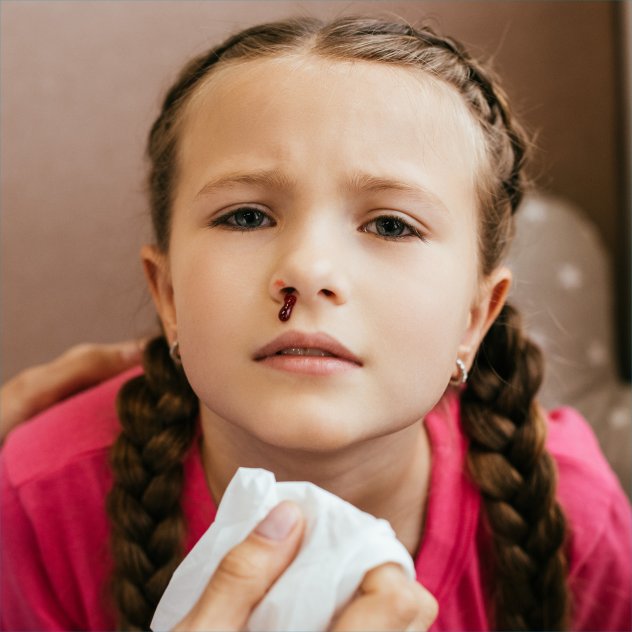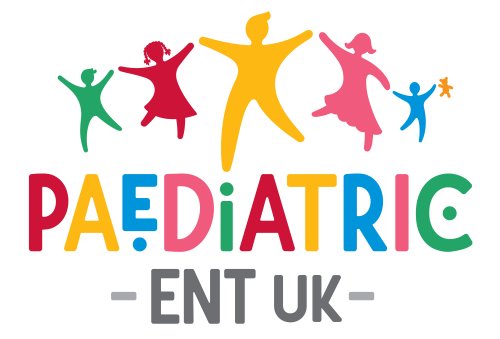Nose bleeds are very common in young children (usually aged 3-10 years old). Most nose bleeds will settle on their own but in some children they can become a recurrent problem.
Why do children get nose bleeds?
- Children’s noses are prone to getting dry and this can lead to irritation of small blood vessels in the nose.
- Trauma from children picking their nose can also be a factor.
- It is common for children to have crusting in their nose caused by a mild skin infection (called staphylococcus aureus). This is thought to be a factor that makes nose bleeds worse.
- Rarely, children can have problems with their clotting or lumps and bumps in the nose that can increase risk of nose bleeds.
What should I do if my child has a nose bleed?
- Pinch the soft part of the nose and ask your child to tilt their head forwards.
- A bag of ice/frozen peas over the forehead can help.
- In most children this will settle things within 15-20 minutes. If the nose bleeds persists your child will need to see a doctor as soon as possible.
How are recurrent nose bleeds treated?
- In most children nose bleeds will settle with time.
- Initial treatment focuses on improving the dryness of the nose. This includes a topical antiseptic cream (Naseptin) and sea water spray.
- It’s important to let us know if your child has a nut/soy allergy as naseptin contains peanut oil. An alternate cream (Bactroban) can be used.
- In children with persistent nose bleeds despite topical treatment cauterisation may be required.
How is cautery performed in children?
- Cautery is a safe and effective procedure.
- A small amount of local anaesthetic is applied in your child’s nose.
- A special stick containing silver nitrate is applied to the affected blood vessels.
- This can sting slightly and cause your child to sneeze.
- A special cream is then applied over the area that you must continue for 10-14 days following treatment.
What is the aftercare after cautery?
- It is common for your child to have a nasal discharge after the procedure. This discharge can pigment the skin under the nose that can take weeks to disappear. We therefore recommend carefully wiping the discharge away from under the nose to prevent this.
- Avoid hot drinks and hot baths for a few days following the procedure.
- Use Naseptin/Bactroban cream is applied in the affected nostril for 10-14 days after.
Is surgery required for nosebleeds?
- In cases of failed medical management and cautery children may require electrocautery under a general anaesthetic.
- This is a safe and quick procedure.


